World Leaders Pledge Action to Protect Ocean from Growing Threats, White House Announces Steps to Combat Climate Crisis, California Sets Country’s Strictest Rules to Reduce Plastic, and more
July 11, 2022 – We gather news: You stay informed
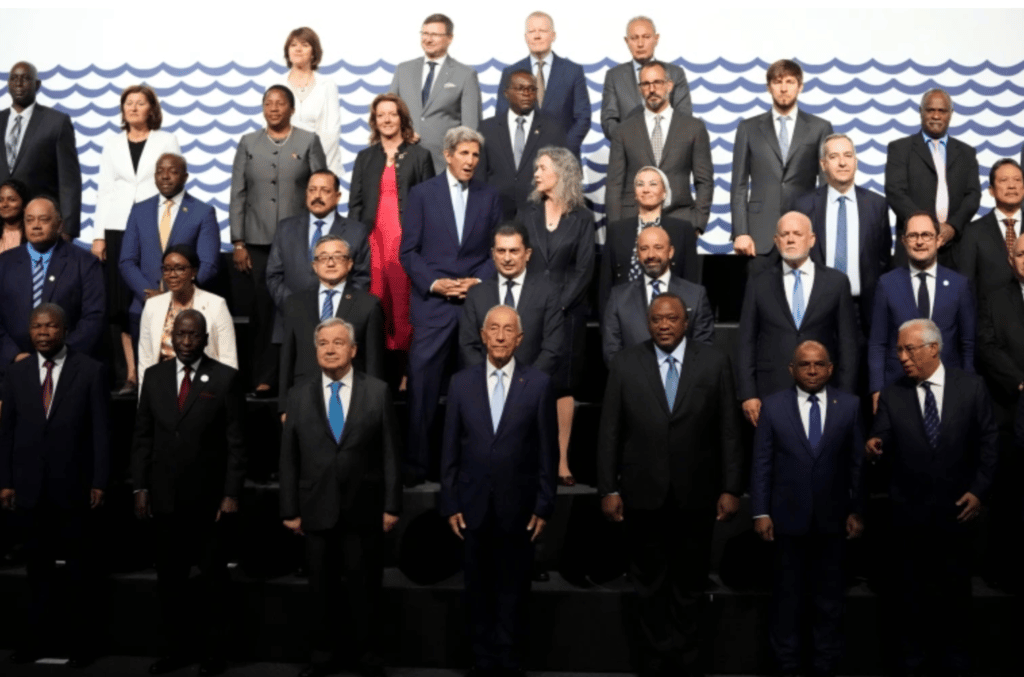
1. World Leaders Pledge Greater Action to Save Oceans from Existing, Future Threats as Lisbon Conference Concludes
The 2022 United Nations Ocean Conference concluded with world leaders adopting an action-oriented Political Declaration to save the ocean from threats, including marine pollution, harmful fishing, biodiversity loss, and acidification. Through the Declaration, heads of state and government and high-level representatives participating in the conference said that greater ambition is required to address the dire state of the ocean. The conference brought together some 6,500 participants under the theme “Scaling Up Ocean Action Based on Science and Innovation for the Implementation of Goal 14: Stocktaking, Partnerships, and Solutions.” “Restoring harmony with nature through a healthy, productive, sustainable, and resilient ocean is critical for our planet, our lives and our future,” world leaders said, calling upon all stakeholders to take action to expedite implementation of Sustainable Development Goal 14 without delay.
Thank you for your generous gift that will help us continue the production of this weekly, free publication
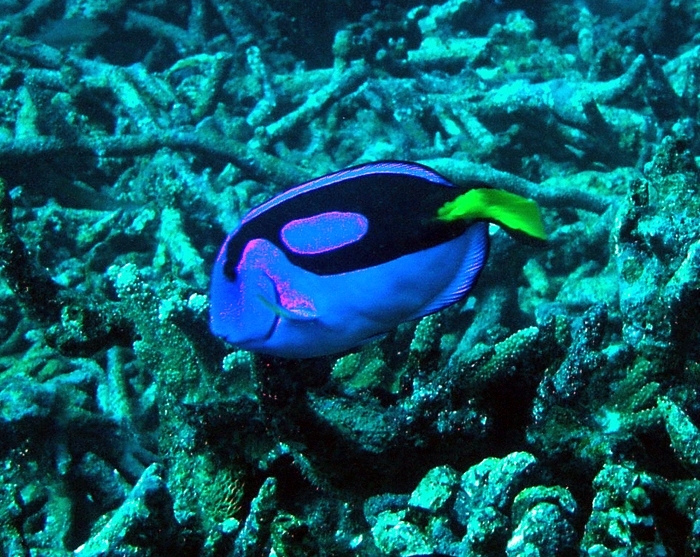
2. White House Works with Global Partners to Drive Ocean Action at UN Ocean Conference
During the UN Ocean Conference held in Lisbon, Portugal last week, the administration announced a number of steps to work with global partners to combat the climate crisis and boost the ocean economy. These new actions included: the acceleration of efforts across the US Government and internationally to combat illegal, unreported, and unregulated fishing and associated labor abuses; support for aquatic and blue foods contributions to food security; the announcement of Bipartisan Infrastructure Law funding for ocean and coastal resilience, habitat restoration, and marine debris prevention; leadership on the development of an action plan to conserve, restore, and sustainably manage global coral reef ecosystems; and the release of a national Ocean Policy Committee Action Plan; among others. In addition, NOAA’s targeted investments in the areas of habitat restoration, coastal resilience, and climate data and services will advance ongoing federal efforts toward building climate resilience.
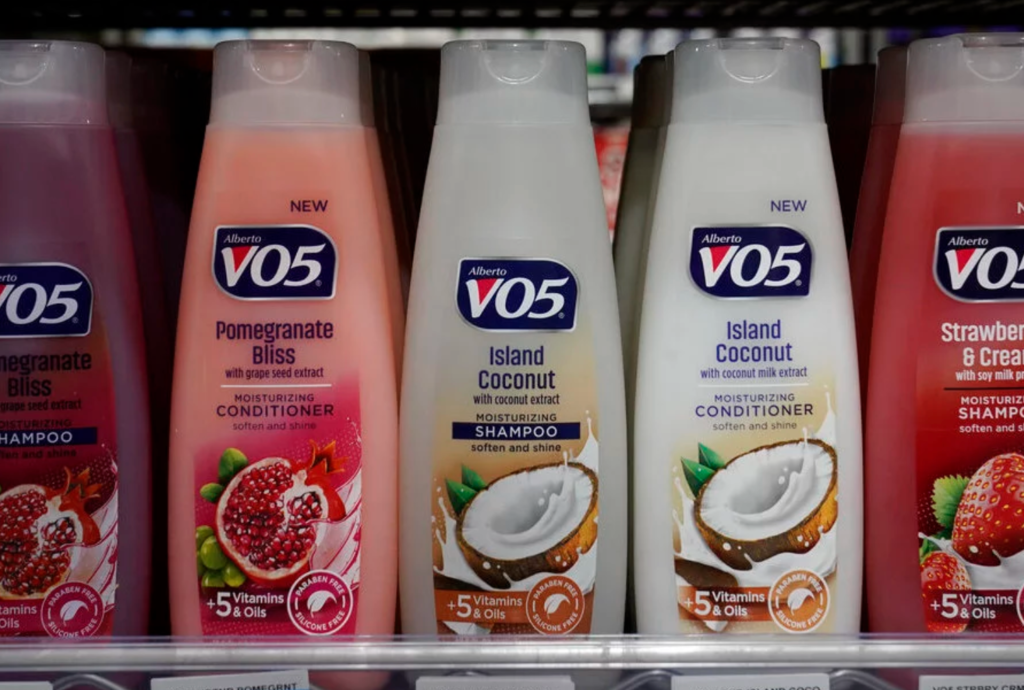
3. California Sets the Nation’s Toughest Rules for the Reduction of Plastics
Companies selling shampoo, food, and other products wrapped in plastic have a decade to cut down on their use of the material if they want their wares on California store shelves. New legislation aims to significantly reduce single-use plastic packaging in the state and boost recycling rates for what remains. It sets the nation’s most stringent requirements for the use of plastic packaging. Under the bill, plastic producers would have to reduce plastics in single-use products 10% by 2027, increasing to 25% by 2032. That reduction in plastic packaging can be met through a combination of reducing package sizing, switching to a different material, or making the product easily reusable or refillable. Also by 2032, plastic would have to be recycled at a rate of 65%, a massive jump from today’s rates. It wouldn’t apply to plastic beverage bottles, which have their own recycling rules.
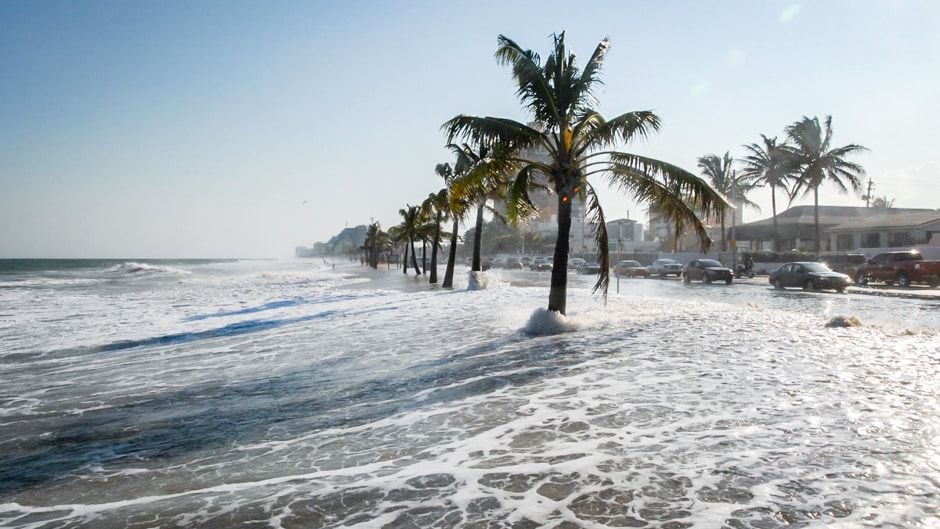
4. Dissenting Justices Fear the Eastern Seaboard Being ‘Swallowed by the Ocean’
The US Supreme Court on June 30 said the Environmental Protection Agency (EPA) overstepped when it tried to regulate the emission of certain “toxic pollutants” from power plants — a holding three dissenting justices fear will have severe environmental consequences. Justice Kagan’s dissent said the decision effectively blocked the EPA from using “the power Congress gave it to respond to ‘the most pressing environmental challenge of our time.’” “If the current rate of emissions continues, children born this year could live to see parts of the Eastern seaboard swallowed by the ocean,” she wrote. The court’s majority said Congress must address the issue. Congress sketches out the broad parameters of its policy goals by passing statutes and leaves it to experts at the agencies to issue rules to serve those policy goals. Whether or not an agency has overstepped its bounds is a matter of constant litigation.

5. France’s Macron Urges World Leaders to Better Protect Oceans
French President Emmanuel Macron urged other world leaders June 30 to better protect the planet’s oceans by adopting an international agreement modeled on the legally binding Paris climate accords. Macron made the speech at the UN Ocean Conference in Lisbon. Macron acknowledged the failure of world leaders to update an international treaty, known as the Convention on the Law of the Sea, to include a mechanism that addresses ocean conservation and the sustainability of marine life. “We’ve been discussing that text for seven years,” Macron said. “It’s now time to achieve it quickly.” A deal on the proposed treaty instrument is still not within sight. A fifth round of talks is scheduled for August in New York. “Together, we must set ambitious goals for biodiversity and especially for oceans, like we did with the Paris (climate) Agreement,” Macron said, referring to the 2015 treaty.
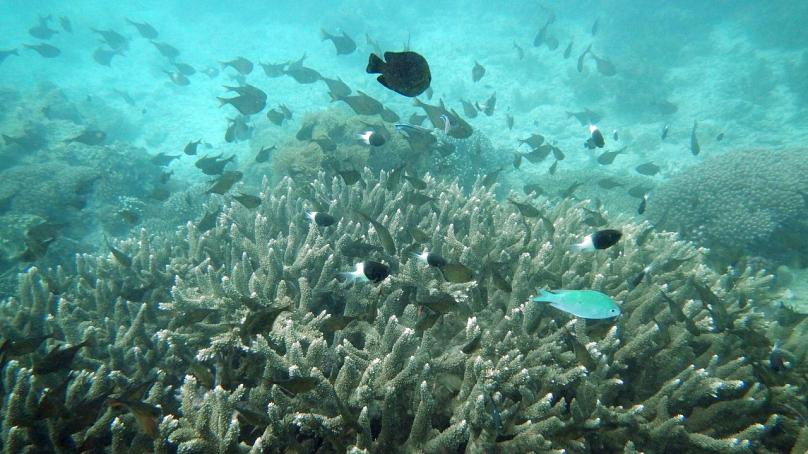
6. Five Phrases That Made Waves at the UN Ocean Conference
“Learn to love sharks”: Learning to love and celebrate sharks, rather than fearing them, would make a huge contribution to restoring a healthy ocean ecosystem, said diving legend Sylvia Earle. “Listen to the elders”: Many of the discussions on the future governance of coastal areas stressed the need to take local and indigenous knowledge onboard during decision-making and planning, particularly for new Marine Protected Areas. “No coral is like no trees”: Special Envoy for the Ocean Peter Thomson said, “500 million people worldwide depend on corals for food and protection. So why aren’t we looking after them?” “A moment of blue enlightenment”: John Bell from the European Commission said he felt the tide beginning to change on ocean issues. “Talkin’ ’bout my generation”: UN Secretary General Antonio Guterres blamed his generation for many of the problems facing the environment today.
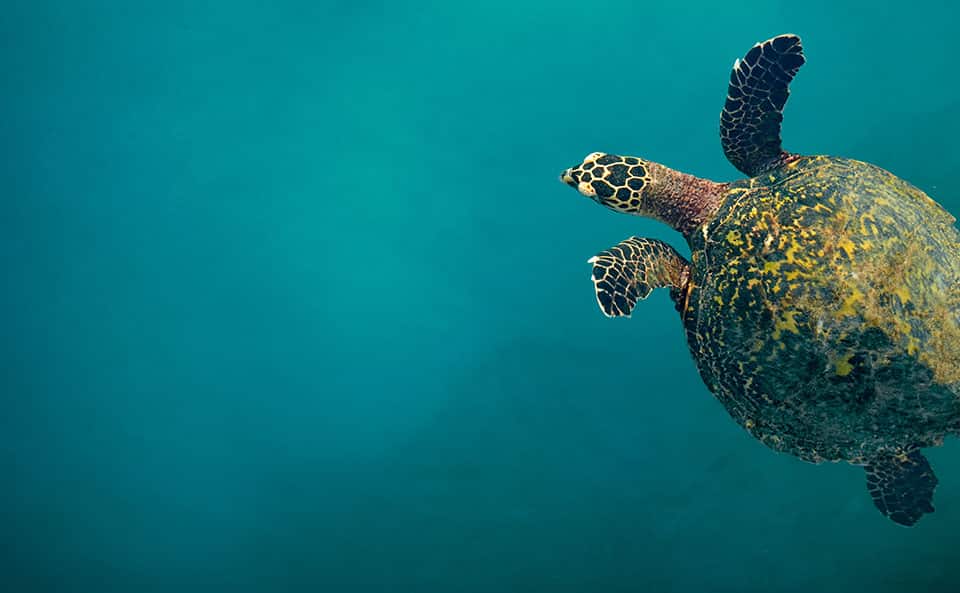
7. Panama’s Climate Diplomacy: A Model for Marine Conservation
Panama has a unique role in advocating for ocean health. Despite accounting for a tiny portion of the Earth, the Isthmus of Panama has an enormous impact on the world’s climate, affecting ocean currents and global biodiversity. Panama is one of the few countries in the region to have a National Policy for Oceans, a framework that articulates and guides regulations related to the oceans with a comprehensive and sustainable approach. In June 2021, it became the first country to protect 30% of its territorial waters. Meanwhile, the Panama Canal can help facilitate the shipping industry’s transition to cleaner practices, having implemented incentives in toll procedures to promote greener transit. Yet the challenges facing the ocean today cannot be resolved by any one nation, so Panama is advancing climate diplomacy. Together, countries can form partnerships to ensure clean, healthy, and protected marine environments.
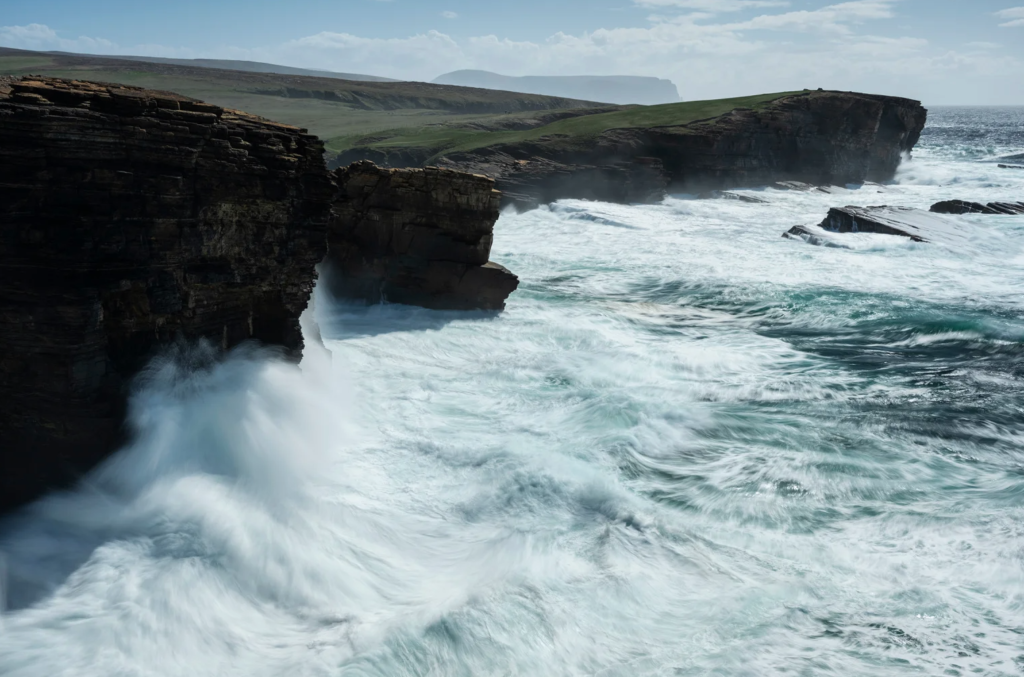
8. The Motion of the Ocean Could Be the Next Big Source of Green Energy
Tidal energy is moving increasingly into the mainstream. While the number of megawatts produced annually by tidal is still small, it is growing. By 2050, tidal energy is expected to account for 11% of the UK’s electricity, compared with just 3% today. Still, taming the tides will be a gargantuan task. The equivalent of a wind turbine is placed underwater (either moored to the seabed or attached to the underside of some floating structure), which drives a generator. There is the question of how mass deployment of tidal turbines might impact the seas. “If you are putting something in the ocean that is extracting energy, [you] are perturbating the ocean,” says scientist Michela de Dominicis. “This can have cascading effects,” like disrupting the nutrient mix of ocean ecosystems as well as raising water temperatures. Her research suggests, however, that any disturbances may well be worth it.
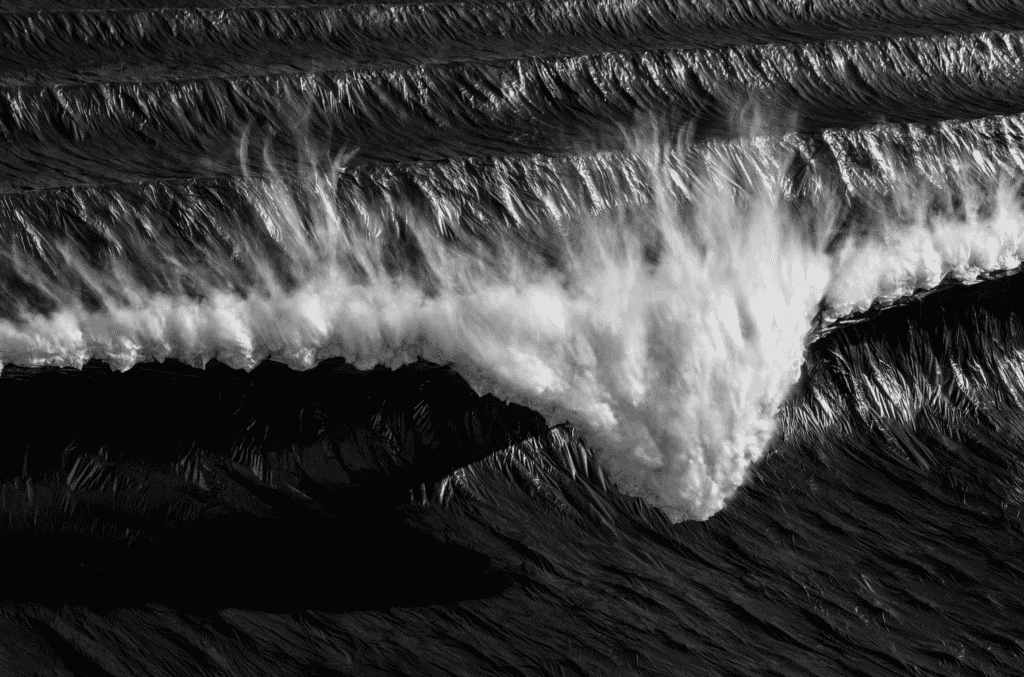
9. The Ocean Is Climate Change’s First Victim and Last Resort
Escalating tragedies are at hand beneath the waters that make up over 70% of the earth’s surface, from coral mass-bleaching events to the destruction of marine biodiversity. To limit the damage, we’ll have to find some way to work with, and not against, the sea. By harnessing the force of the tides, we could plug another source of renewable energy into our struggling grids; offshore wind farms are poised to expand as an essential power source. Decarbonizing maritime shipping may be what really brings the global economy into a green future. Meanwhile, oceans are the central banks of earth’s carbon stocks. Researchers are figuring out how to affordably capture CO2 and inject the gas below the ocean floor. And efforts are underway to protect and rebuild oceanic ecosystems like mangroves that not only sequester more CO2 than forests but also act as natural breakwaters to protect coastal populations.
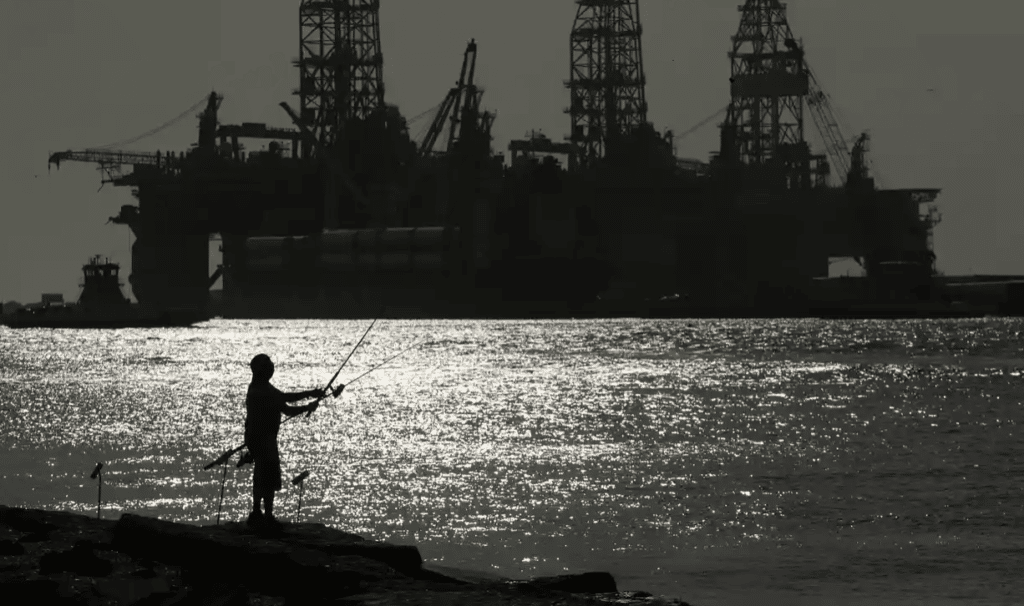
10. Environmentalists Condemn US Administration’s Offshore Drilling Plan
The White House has unveiled a five-year offshore oil and gas drilling development plan that blocks all new drilling in the Atlantic and Pacific Oceans within US territorial waters while allowing some lease sales in the Gulf of Mexico and Alaska’s south coast. The plan could allow up to 11 lease sales but gives the interior department the right to make none. Environmental groups criticized the plan, and some expressed concern that the administration was backing away from the president’s March 2020 “no more drilling” pledge. Brady Bradshaw from the Center for Biological Diversity said, “The reckless approval of yet more offshore drilling would mean more oil spills, more dead wildlife, and more polluted communities. We need a five-year plan with no new leases.” The proposal must go through a series of reviews and a period of public comment that is likely to be contentious.
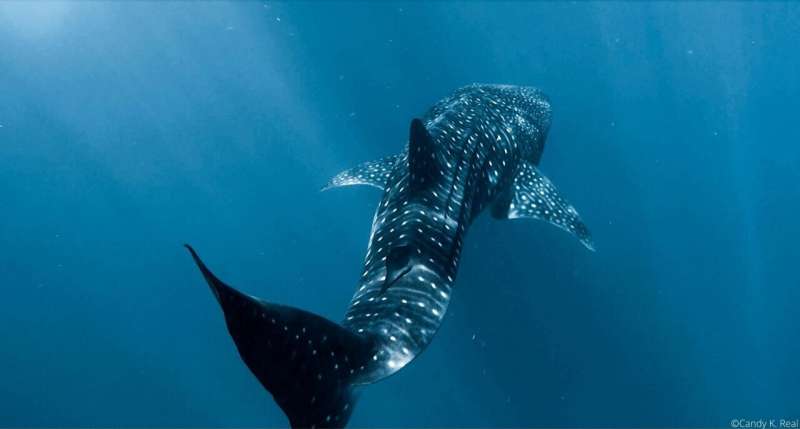
11. Satellite-Tracking of Whale Sharks Offers Insight into Their Migratory and Feeding Behavior
Little is known about the habits of the whale shark (Rhincodon typus). By satellite-tracking their whereabouts, scientists explored the factors influencing their behavior. Being able to understand and predict whale shark behavior is a necessary step for protecting them. The satellite monitoring found that whale sharks feed mainly in coastal waters, seamounts, and ridges of the Panamanian Pacific, where they can find an abundance of small fish and plankton. They were also spotted swimming north and southbound along the coast, towards Mexico and Ecuador, and towards the open ocean to feed. Although they used marine protected areas (MPAs), they also visited industrial fishing and vessel traffic zones, endangering themselves. Thus, for highly migratory and endangered species such as the whale shark, conservation measures should go beyond the establishment of local MPAs. Efforts should focus on protecting large oceanic areas and establishing marine corridors that transcend national borders.
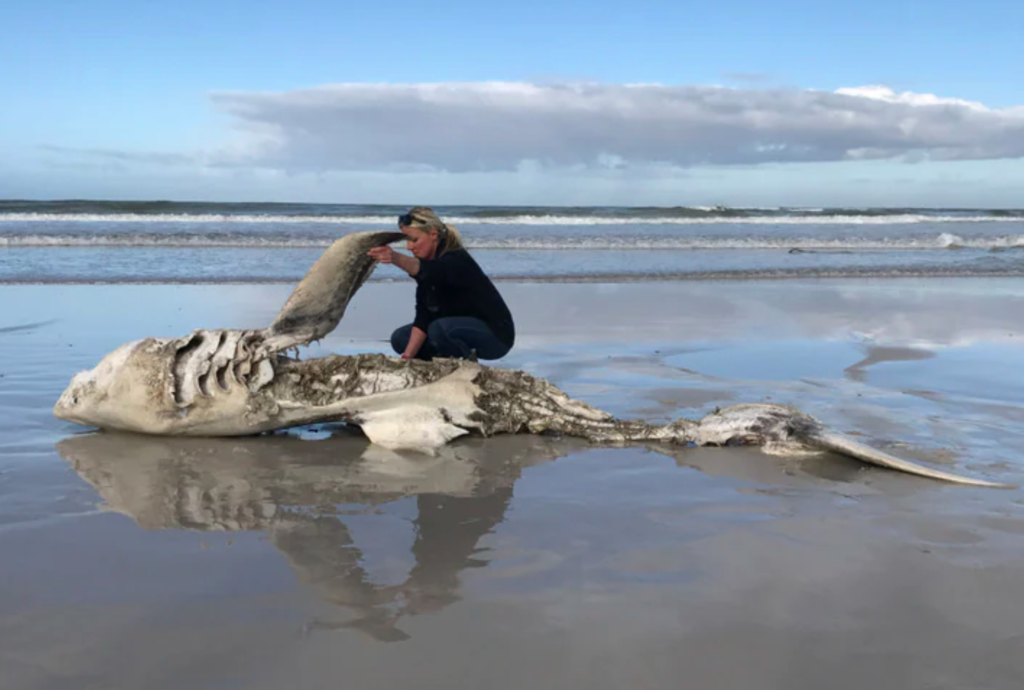
12. Orcas Are Eating Great White Sharks’ Livers Off South Africa’s Coast
In 2017, five great white shark carcasses washed ashore in four months in South Africa. Four were missing livers, and one, a heart. Scientists suspected a pair of male orcas. The attacks have continued, and the pair are probably not the only orcas terrorizing great whites in the area. New research found that orcas are displacing great whites as the top predator in Gansbaai, a popular shark viewing destination near Cape Town. “We now have direct evidence that one of the oceans’ largest apex predators completely displaces the another, and it is the first time in the world that white shark carcasses have been available for scientific examination directly after being hunted by Killer whales,” said study author Alison Towner. Orcas can grow to 50% larger than great whites and have displaced them off the coast of San Francisco. But they had never done so off South Africa.
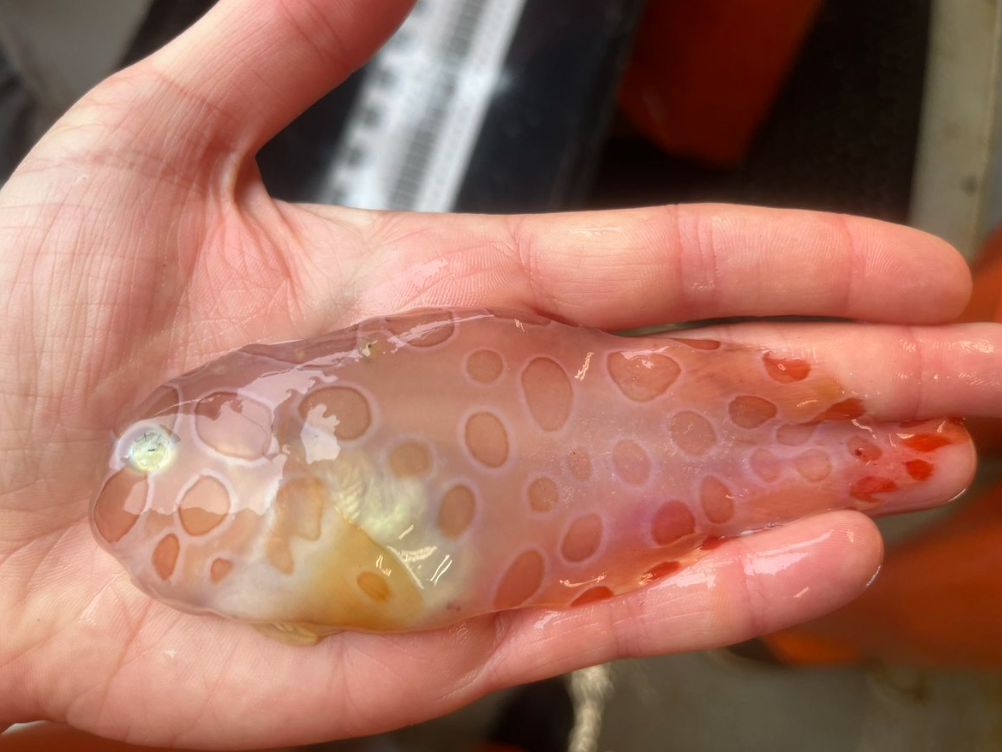
13. Deep Sea Scientists Find Strange, Transparent Fish on Ocean Expedition
A fish biologist and her team spotted a see-through fish in Alaskan waters recently. It’s a rarely-seen blotched snailfish. Her team encountered these fish during a routine survey that NOAA conducts every year in the Aleutian Islands off of Alaska. Their transparent, reddish bodies are unique, and they serve a vital purpose. It’s an adaptation deep sea creatures like the blotched snailfish use to camouflage themselves, based on the wavelengths of light that pass through water. Red light has the shortest wavelength, meaning it never reaches the deep dark waters and illuminates these fish. This makes deep-sea animals largely invisible to predators. Snailfish have yet another interesting feature: they have suction cups at the bottom of their body. This helps them attach to rocks and hold tight in strong currents. The snailfish is one of the few fish species that have this structure.
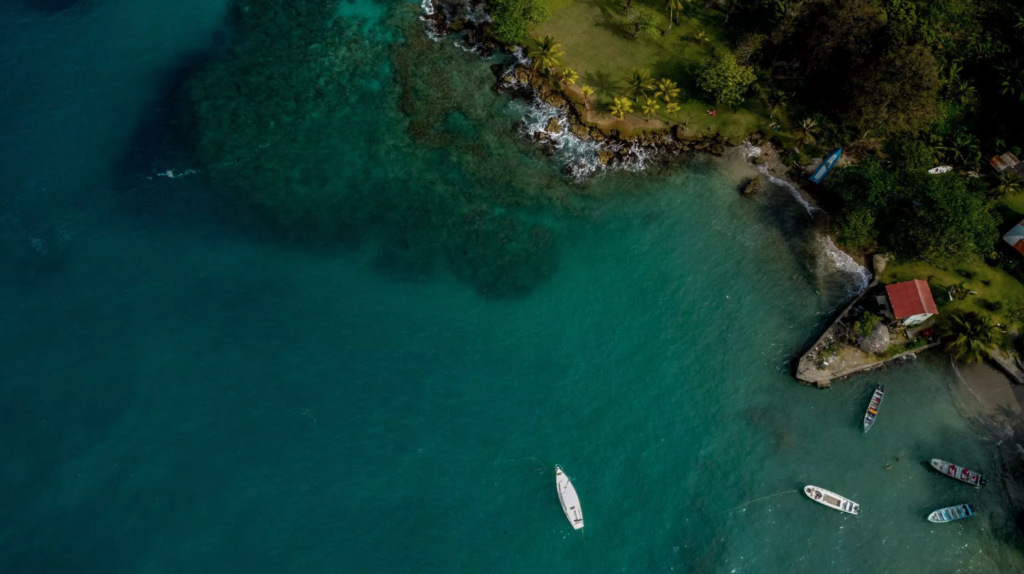
14. Colombia Is First in Western Hemisphere to Protect 30% of Ocean
Colombia’s outgoing President Iván Duque has announced that the country became the first in the Western Hemisphere to make 30% of its ocean territory a protected area, banning fishing and oil exploration. Duque made the announcement during the United Nations Ocean Conference in Portugal. It includes the creation of four new protected marine areas. Almost a third of its oceans will now have preservation measures, and extractive activities will be forbidden in many areas. Meanwhile, nine countries with Pacific coasts — the US, Mexico, Chile, Peru, Ecuador, Canada, Panama, Costa Rica, and Colombia — signed a declaration at the recent Summit of the Americas promising to work faster toward protecting ocean areas and to collaborate more. Over 100 countries have joined a pact to protect 30% of the oceans by 2030. Less than 8% of the world’s oceans are protected areas, according to the Marine Conservation Institute.

15. In Malaysia, Fishermen, Anglers Urged to Report Marine Pollution
Authorities are urging fishermen and anglers to report any pollution at sea with evidence to enable action against those involved. Environment and Water Minister Datuk Seri Tuan Ibrahim Tuan Man said that the matter must not be taken lightly and needed to be monitored. “I have received unofficial complaints of irresponsible ships that dump oil in the sea. However, there is no evidence since the act is usually carried out late at night. Fishermen who are fishing in the middle of the night have detected oil slicks around their boats, and the source is not known. That’s why if you can take videos and pictures of the ships, it’s easier to take action,” he said. He added that although the amount of oil dumped into the sea was sometimes small, the matter needed to be controlled because it would affect fish and other marine life.
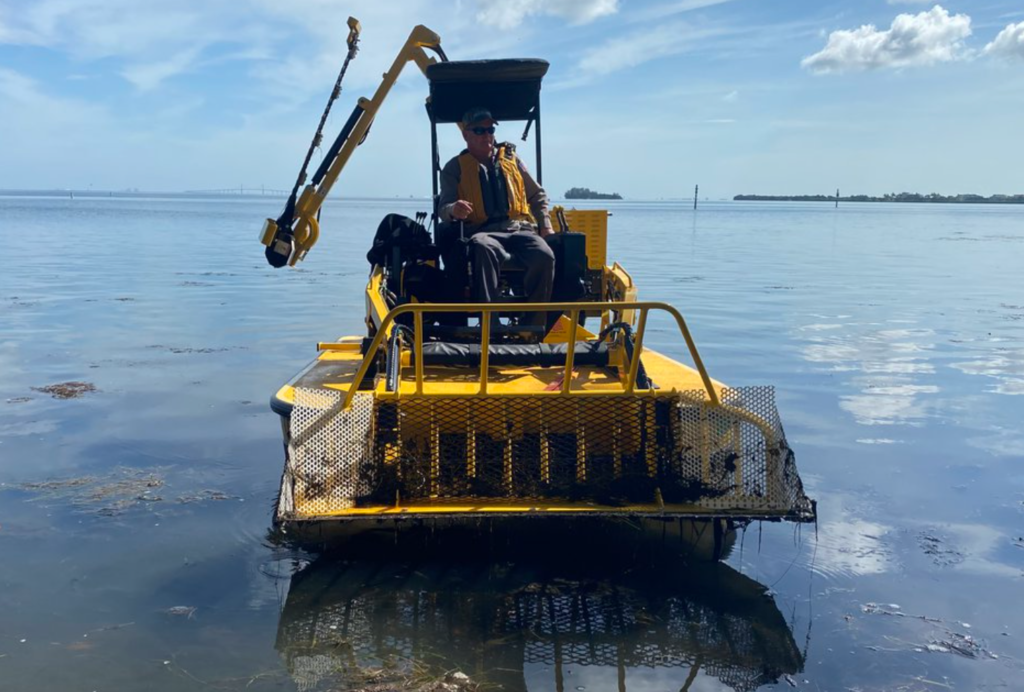
16. Manatee County Fights Back Against Red Tide with New Vehicle
Manatee County has rolled out a brand-new weapon to fight against the red tide: the Weedoo. The vehicle resembles an aquatic forklift and helps combat pollution by picking up dead seaweed, fish, and debris. A Weedoo is a type of boat that scoops up debris and seaweed from the shoreline. The County purchased the two Weedoos for over $150,000, and they hope to make the most of them. The Manatee County parks operation manager stated, “We just implemented it to attack red tide. It’s not going to cure red tide; however, Manatee County is one step closer to being proactive.” The red tide’s effect on the water has been detrimental to aquatic life in the past. The algae overgrowth in the water kills fish and produces a foul smell. The county hopes that these vehicles will be an effective first step in preventing red tide.
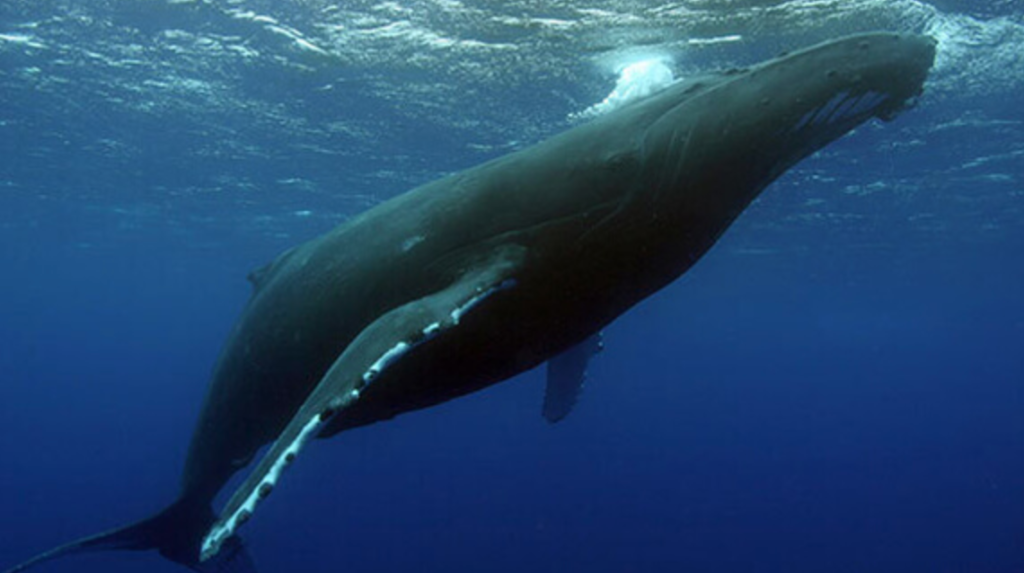
17. Humpback Whales May Steer Clear of Hawaiʻi Due to Climate Change
Humpback whales may one day avoid Hawaiian waters due to climate change and rising greenhouse gasses, according to a new paper. Humpback whales migrate toward tropical coastal waters, such as Hawaiʻi’s, where they give birth to their calves. These areas lay in regions with sea surface temperatures ranging between 21 and 28 degrees Celsius, and the whales typically return to the same sites annually. But anthropogenic climate change is warming the oceans at unprecedented rates. At the current pace, it is likely that some of these breeding grounds will heat up past the 21–28℃ temperature range over the next century. The researchers note that, while it is currently not known whether humpback whales will continue to migrate to breeding grounds above 28℃, they hope their findings may be an incentive for policymakers to work toward reducing emissions, not only in Hawaiʻi but also on an international level.

18. Climate Change in Ocean Water May Impact Mangrove Dispersal
A new study suggests that changes in surface-ocean density may impact the dispersal patterns of widely distributed mangrove species, and more likely in the Indo-West Pacific region, the primary hotspot of mangrove diversity. “Climate change affects sea-surface density via changes in temperature and salinity. Since propagules of widely distributed mangrove species have densities near that of seawater, changes in ocean density hold implications for the oceanic dispersal of mangroves. Whether mangrove propagules float or sink depends on the difference between the densities of the propagules and that of the surrounding water,” said lead author Tom Van der Stocken. He expects “that warming winter temperatures and sea-level rise will impact the distribution of these carbon-rich forests, but changes in surface-ocean properties might also influence distributional patterns through dispersal.” Up until now, the potential effects of climate-driven changes in seawater properties had not been considered by research on mangroves.
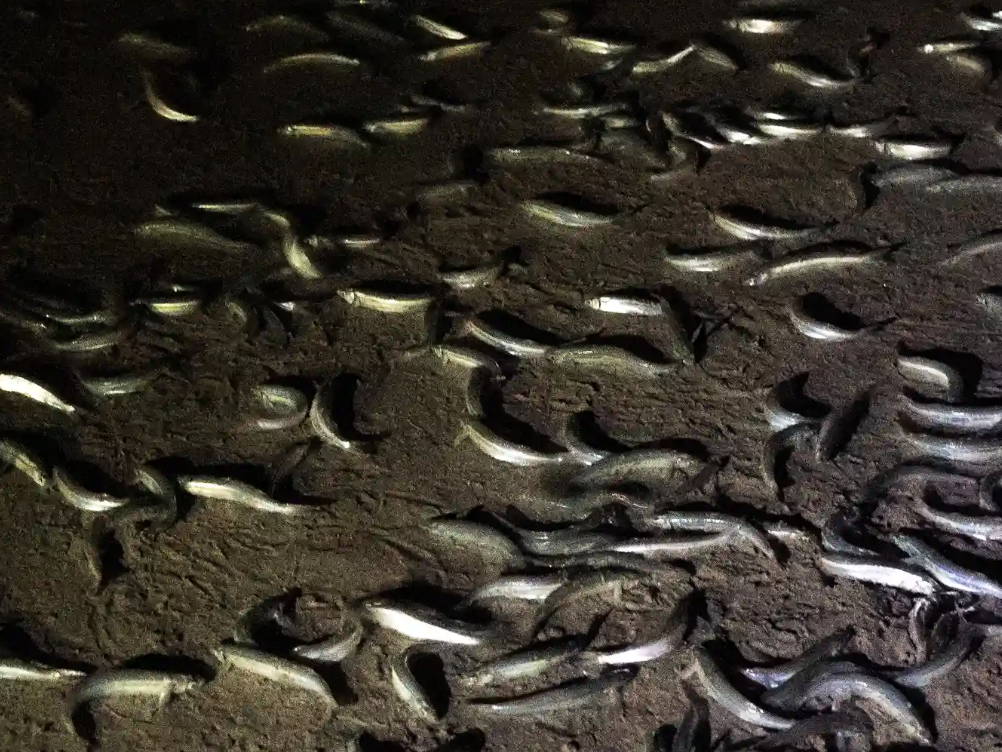
19. A Beloved California Fish Wriggles Ashore to Spawn
Grunion are a rare fish species that come ashore to spawn, covering beaches from Baja California to Santa Barbara from April to August, laying and fertilizing eggs just after the highest tide of a full or new moon. But the grunion run faces threats from the climate crisis, beach erosion – as the fish need a good runway of sand for their spawning activities – and human activities such as fishing. Grunion eggs cannot survive at high temperatures, making them vulnerable to warming temperatures on land. Beach spawning fish are rare – just a handful of fish around the world come out of water to lay eggs on the sand. And beach spawning fish near major cities are even more unusual. 90% of the grunion population lives off the coast of three densely-populated California counties.
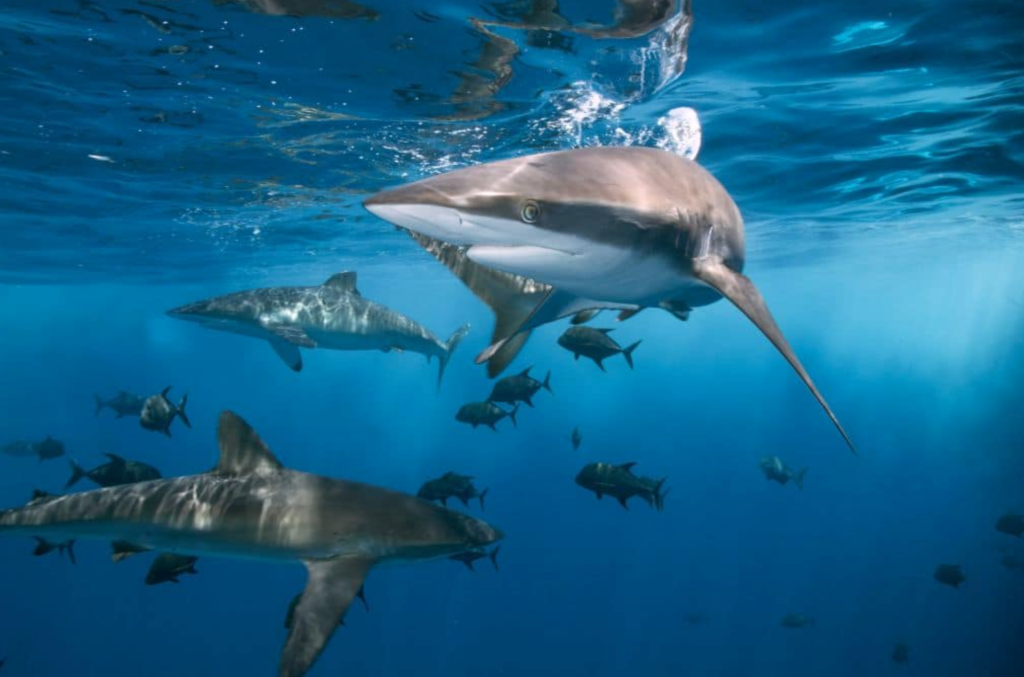
20. Shark Liver Oil: The Beauty Industry’s Secret Ingredient
The decline of global shark populations (down 90% over the last 30 years) is driven mainly by the consumption of shark fins for shark fin soup, a traditional Chinese delicacy. However, sharks are also targeted for their liver oil. Shark liver oil is a major source of squalene (and its hydrogenated cousin, squalane) and it is commonly used in cosmetics such as anti-aging cream, suncream, lipsticks, lip balm, foundation, and eye make-up. Some 90% of all shark liver oil production is sold to the cosmetic industry. About 3 million sharks are killed via ‘livering’ every year to serve this industry alone. Livering is a cruel process akin to shark finning; when the shark liver is removed, the carcass is dumped back into the ocean, and the shark suffers a slow and painful death. Removing squalene from cosmetics will immediately save these sharks by reducing the demand.

21. New York Beaches Step Up Shark Patrols, Adding Drones, Trackers, and Tourniquets
Long Island’s beaches have stepped up shark patrols this summer, with lifeguards surveying the water from jet skis and police from the air. In the past, shark sightings had been exceedingly rare. But last summer brought daily instances of sharks feeding on baitfish close to swimmers, necessitating temporary closings of swimming areas along Long Island’s oceanfront. Lifeguards who work summers on Long Island beaches have traditionally been expected to keep an eye out for the occasional dorsal fin and assess the validity of reports from beachgoers. But now, lifesaving departments on Long Island are taking the situation more seriously. The mention of sharks and summer beaches frustrates marine experts, who say the animals pose no increased danger to swimmers. The main reasons for more sightings seem to be more monitoring and sharing of civilian phone and drone pictures, which spread widely on social media and make headlines.
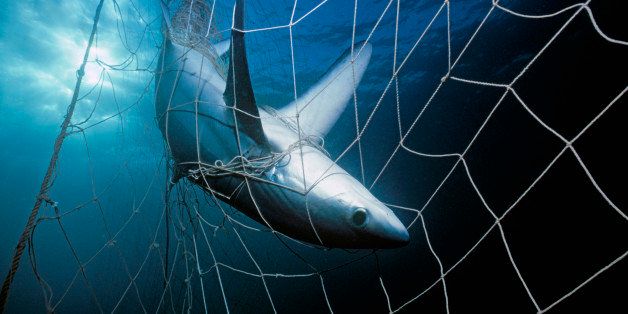
22. Two Whale Rescues in One Day Prompt Fresh Call for Removal of Shark Nets in Queensland
Two whales entangled in shark nets on the Queensland, Australia coast have been freed. The two humpbacks were found on the Gold Coast and Sunshine Coast, where shark nets intersect with a major whale migration pathway. Dr. Leonardo Guida, a shark specialist at the Australian Marine Conservation Society, said entanglements happen every year like “clockwork” and could cause major physiological trauma for the whales even if they are freed. He called for the complete removal of shark nets, which he said harmed marine life without actually making anyone safer. “This is the fourth whale entanglement in just as many weeks, and we’re only a quarter through the whale season. The nets have to come out now,” he said. In 2020, the state’s shark control program scientific working group recommended the removal of the nets during the whale migration season, as is done in New South Wales.

23. New Recycling Method Could Eliminate the Climate Impact of Plastic
Researchers have developed a recycling method that replaces all fossil raw materials used in new plastic production with carbon atoms from mixed waste. This could eliminate the climate impact of plastic and rid the air of excess carbon dioxide. The production and use of materials such as plastics, cement, and steel generate significant emissions. Researchers hypothesized carbon atoms in plastic waste are an untapped resource wasted in incineration or landfill use. Thermochemical technologies can target this wasted carbon and use it as a raw material to produce plastics of similar quality to those from fossil fuels. Enough of these atoms already exist to satisfy all global plastic needs. The atoms can be harvested from waste with or without food residue. And if powered by renewable energy, the process will have more than 95% lower climate impact than plastics produced today, meaning negative emissions for the entire system.
/




